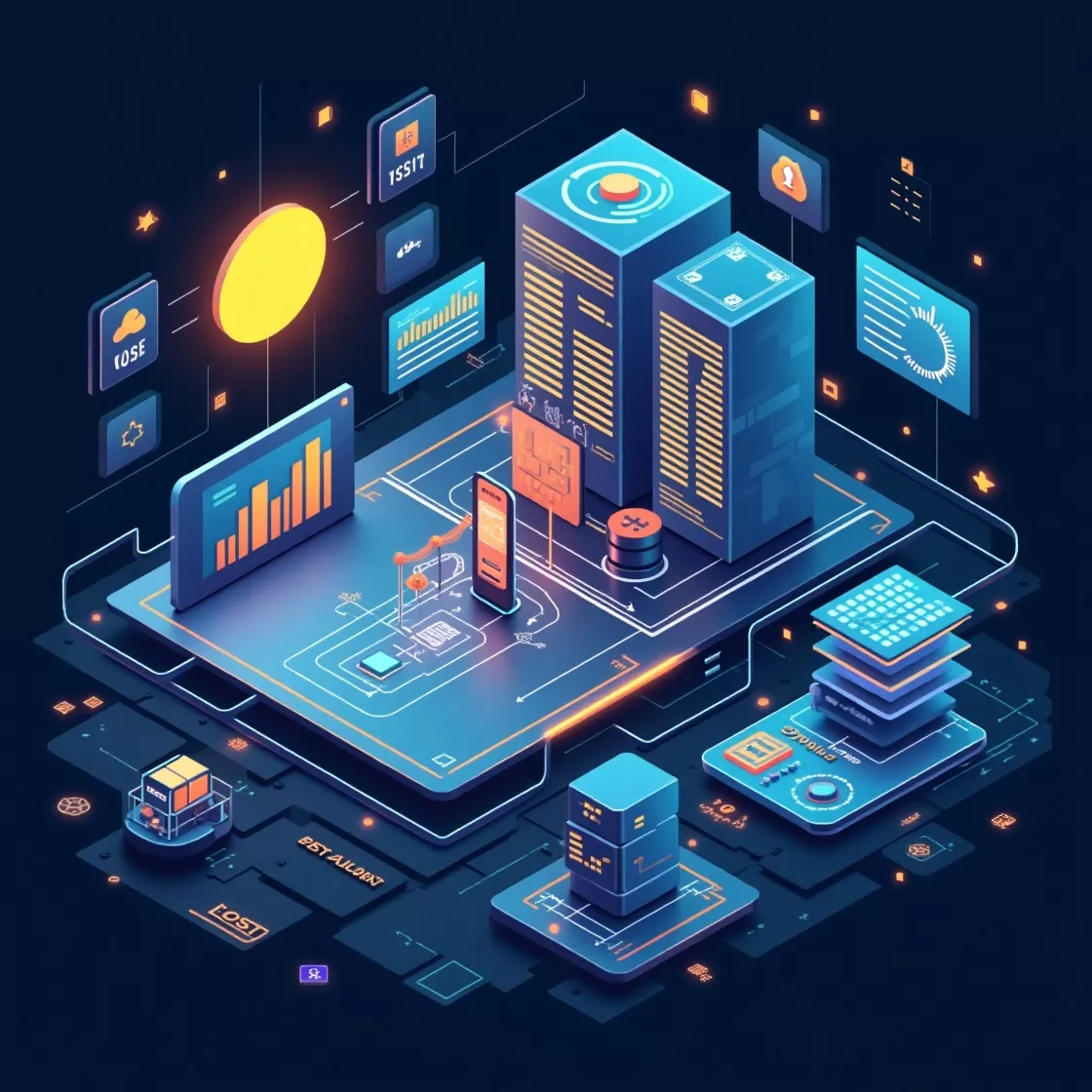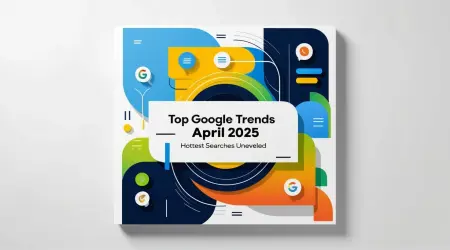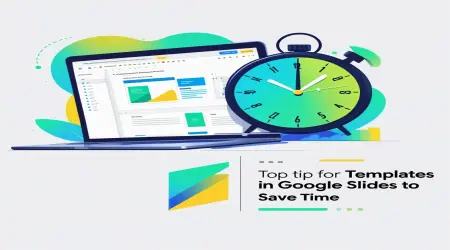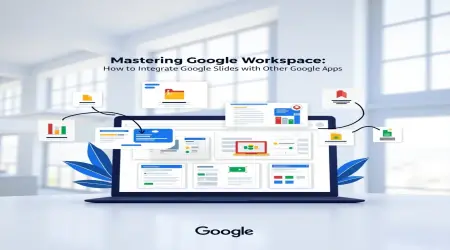The Future of Data Visualization with NoSQL: Trends Tools and Transformations
Introduction
In our data-driven world today it’s really important to turn complicated datasets into easy-to-understand visuals. Data visualization is all about presenting info through charts graphs and dashboards which helps businesses researchers and decision-makers spot patterns trends and insights that lead to success. But as data keeps piling up—over 300 exabytes of unstructured data globally and growing at 56% every year compared to just 12% for structured data—traditional databases like SQL sometimes just can’t keep up. That’s where NoSQL databases come in.
NoSQL or non-relational databases like MongoDB Cassandra Redis and Neo4j give you amazing flexibility and scalability making them perfect for managing all the messy unstructured data we deal with nowadays. From social media feeds to IoT sensor outputs NoSQL databases handle these datasets effortlessly letting you create powerful visualizations that uncover hidden insights. In this blog on Temploop we’re diving into The Future of Data Visualization with NoSQL: Trends Tools and Transformations. We’ll look at new trends highlight must-have tools and share real-world transformations giving you a solid guide if you’re a data pro or a business owner aiming to stay ahead in 2024 and beyond.
So why should we talk about NoSQL for data visualization? Simple—it's all about how it can deal with huge complex datasets in real-time supports flexible data models and scales easily across multiple systems. Whether you're a data scientist looking into customer behavior or a business leader keeping an eye on market trends understanding how NoSQL can boost your visualizations is key to unlocking the true potential of your data. Let’s take this journey together and see how NoSQL is changing how we look at and understand data.
Section 1: Understanding Data Visualization and NoSQL
1.1 What is Data Visualization?
Data visualization is all about graphically showing information turning raw data into visuals like bar charts line graphs heat maps and interactive dashboards. These visuals make it easier to catch patterns trends and outliers helping folks make informed decisions. For instance a retail company might set up a dashboard to see its sales data clearly spotting seasonal spikes in demand at a glance. According to a 2024 report by Datamation visualization tools have made business intelligence accessible even to non-techie users like sales managers and CEOs.
Visualization does a few important things:
- Simplification : Turns complex datasets into formats that make sense.
- Communication : Gets insights across effectively to stakeholders.
- Exploration : Lets users dig deeper into specifics by playing with data.
1.2 What are NoSQL Databases?
NoSQL databases which means “Not Only SQL” are designed to handle loads of structured semi-structured and unstructured data unlike traditional SQL databases that stick to rigid layouts. These databases offer flexible schemas letting you store data in formats like JSON documents key-value pairs or graphs. This flexibility is so vital for today's applications where data types can vary tons.
You’ve got four main types of NoSQL databases:
- Document Stores : They keep data as JSON or BSON documents like MongoDB and CouchDB.
- Key-Value Stores : Use simple key-value pairs for quick access like Redis or DynamoDB.
- Column-Family Stores : Organize data in columns for better scalability like Cassandra and HBase.
- Graph Databases : Represent data as nodes and edges to analyze relationships like Neo4j and Amazon Neptune.
1.3 Why Use NoSQL for Data Visualization?
NoSQL databases are great for data visualization because they can handle the scale and variety of today’s data. Here’s why:
- Flexibility : Schema-less designs can deal with unstructured data such as social media posts or sensor logs without needing set formats.
- Scalability : Horizontal scaling across multiple servers keeps performance up even with big datasets.
- Real-time Processing : High write and read speeds support live visualizations which are super important for things like stock market tracking.
- Cost-Effectiveness : They often cost less for big data needs compared to SQL databases.
Take a social media platform for example—using MongoDB it can store user content and visualize engagement metrics in real-time letting marketers tweak campaigns instantly. MongoDB’s resources highlight how NoSQL’s ability to skip data transformation speeds up analysis making it a perfect match for visualization tools.
Section 2: Current Trends in Data Visualization with NoSQL
Bringing NoSQL databases into the mix for data visualization is leading to some cool trends driven by tech advancements and changing business needs. Here are five big trends that are shaping the future each backed by NoSQL’s unique features.
2.1 Real-time Data Visualization
In a world where info is instant real-time data visualization is huge. Businesses need to keep an eye on live data streams whether it’s from IoT devices social media or financial markets so they can make quick decisions. Databases like Cassandra and MongoDB are great at handling fast-moving data which lets tools create visualizations on the fly. For example a financial institution might use a real-time dashboard to follow stock market changes spotting irregularities in seconds. A report from RavenDB notes that 49% of developers are getting into microservices often depending on NoSQL for real-time processing showing just how important this trend is.
2.2 Interactive and Immersive Visualizations
Forget static charts—now we’ve got interactive and immersive visualizations that let users explore data in a cool way. Tools are adding features like drill-downs filters and even 3D visualizations powered by augmented reality (AR) or virtual reality (VR). Thanks to NoSQL’s ability to hold complex nested data structures we can have these rich experiences. Picture a logistics company using a VR dashboard to see their supply chain networks stored in a Neo4j graph database letting managers “walk through” any bottlenecks. Datamation points out that immersive visuals are a key trend for 2025 thanks to new advancements in visualization platforms.
2.3 AI and Machine Learning Integration
Artificial intelligence (AI) and machine learning (ML) are totally changing data visualization by automating insights and customizing user experiences. NoSQL databases offer the flexible storage needed to train ML models on a variety of data while visualization tools bring AI-driven insights to light. For instance Knowi uses AI to find patterns in NoSQL data producing predictive dashboards for retail sales. RavenDB also noted that 44% of developers are diving into AI/ML tools showing how NoSQL and AI-enhanced visualization are definitely vibing.
2.4 Cloud-based Visualization Tools
The move to cloud computing has sparked the rise of cloud-native visualization tools that work seamlessly with NoSQL databases like MongoDB Atlas and Amazon DynamoDB. These tools bring scalability accessibility and collaboration making data visualization much more available to everyone. For example a marketing team can share a cloud dashboard to keep track of campaign performance across regions updating in real-time. Datamation also highlights the trend of multicloud visualization where tools combine distributed data sources which NoSQL supports through its distributed layout.
2.5 Open-source and Community-driven Tools
Open-source visualization tools such as Grafana and Kibana are becoming popular as they offer budget-friendly alternatives to pricey software. These tools usually work well with NoSQL databases boosting innovation through community input. For example Kibana connects with Elasticsearch a NoSQL database to visualize log data for IT monitoring. As MongoDB points out the open-source movement is tearing down barriers letting smaller organizations access powerful visualization tools.
Section 3: Top Tools for Visualizing NoSQL Data
Picking the right tool for visualizing NoSQL data is key to getting useful insights. Here’s a look at some of the best tools their features and when to use them based on insights from MongoDB and others.
| Tool | Description | Key Features | Use Case |
|---|---|---|---|
| MongoDB Charts | Cloud service for interactive charts | Real-time analytics customizable dashboards | Businesses using MongoDB for quick visuals |
| Knowi | BI platform supporting several NoSQL databases | Advanced analytics natural language querying | Organizations needing sophisticated analytics |
| Tableau (with BI Connector) | Leading visualization tool connecting to MongoDB | SQL-like querying powerful visuals | Users familiar with Tableau for NoSQL data |
| SAP Lumira | Self-service BI tool connecting via JDBC | Drag-and-drop story creation | Enterprises in the SAP ecosystem |
| Grafana | Open-source tool for time-series data | Plugin support customizable dashboards | IT teams monitoring NoSQL data |
3.1 MongoDB Charts
MongoDB Charts is a cloud-based tool made for MongoDB users giving you real-time analytics and customizable dashboards. It works perfectly with MongoDB Atlas meaning no need for data transformation. For example a marketing team could set up a dashboard to show how engaged customers are updating live as users take part in a campaign. It’s super user-friendly making it a great fit for businesses already using MongoDB.
3.2 Knowi
Knowi is a business intelligence platform that supports various NoSQL databases such as MongoDB Cassandra and Couchbase. Its advanced analytics and natural language querying let users create predictive insights without needing to code much. A retail company might use Knowi to forecast sales trends based on customer data stored in NoSQL visualizing the outcomes in interactive dashboards.
3.3 Tableau (with MongoDB BI Connector)
Tableau is a well-known BI tool that connects to MongoDB through the BI Connector allowing SQL-like querying of NoSQL data. It’s got strong visualization features like heat maps and scatter plots that data scientists love for checking out user behavior. It may take some setup time so it’s better for users who are already comfy with Tableau’s interface.
3.4 SAP Lumira
SAP Lumira is a handy self-service BI tool that connects to MongoDB via JDBC offering a drag-and-drop interface for creating lively stories. It’s perfect for companies in SAP’s ecosystem helping them visualize NoSQL data along with other sources. For instance it could be used by a manufacturing firm to visualize their supply chain data stored in MongoDB.
3.5 Other Notable Tools
- Grafana : Popular for time-series data Grafana works well with NoSQL databases via plugins making it ideal for IT monitoring.
- Kibana : Part of the Elastic Stack Kibana shines at visualizing Elasticsearch data particularly for log analysis.
- Studio 3T : A GUI tool for MongoDB with basic visualization features making it suitable for developers.
Section 4: Transformations and Innovations in Data Visualization with NoSQL
NoSQL databases are leading to major changes in data visualization letting businesses manage bigger datasets real-time analytics and explore new applications.
4.1 Handling Larger and More Complex Datasets
NoSQL’s horizontal scaling allows it to manage petabyte-scale datasets which is way beyond what traditional SQL tables can handle. This enables visualizations of massive data revealing insights that we couldn’t access before. Imagine a social media platform using MongoDB to keep track of user interactions and visualize engagement trends optimizing how they deliver content.
4.2 Real-time Analytics and Decision-Making
With its high throughput NoSQL is perfect for real-time analytics which is crucial for time-sensitive needs. For instance banks might use Cassandra to visualize transaction data catching fraud on the spot. In shopping e-commerce companies use real-time inventory dashboards powered by Redis to help retailers manage stock during busy sales periods boosting customer satisfaction.
4.3 Flexible Data Modeling for Diverse Use Cases
NoSQL’s schema-less design can handle all sorts of data types like IoT sensor outputs or social media posts this flexibility makes it easy to visualize information from different sources together. A smart city project could use Neo4j to map out traffic patterns mixing sensor data with user reports in a single dashboard.
4.4 Emerging Innovations
- AI-driven Insights : Tools like Knowi use AI to suggest visualizations pointing out key trends automatically.
- Immersive Visualizations : AR and VR dashboards using NoSQL’s complex data storage give you 3D views of datasets.
- Collaborative Dashboards : Cloud tools let teams interact with visualizations in real-time using NoSQL’s distributed nature.
Section 5: Challenges and Solutions in Visualizing NoSQL Data
Even though NoSQL has a lot to offer there are challenges that need to be tackled to fully leverage it for visualization.
5.1 Data Security and Privacy
As regulations like GDPR and CCPA tighten keeping NoSQL data and visualizations secure is a must. If you’re visualizing sensitive data you need strong encryption and access controls. Solution: Use databases that come with built-in security features such as MongoDB’s field-level encryption and ensure your visualization tools meet regulatory standards.
5.2 Skill Gap in NoSQL and Visualization
Many people are more used to SQL and NoSQL’s unique data models can be tough to grasp. Solution: Provide training programs and certs like those offered by MongoDB University to help teams upskill in NoSQL and visualization tools.
5.3 Standardization Across Tools and Databases
The lack of standardization across NoSQL databases and visualization tools makes it harder to integrate them. Solution: Go for tools that support multiple NoSQL databases or adopt open standards like ODBC/JDBC. ETL tools can also help smooth out the data integration process.
Section 6: The Road Ahead: Predictions for 2025 and Beyond
The future of NoSQL data visualization is looking good with a few trends set to shape what’s next:
- Increased AI and ML Integration : Tools will automate insights and tailor visualizations using NoSQL’s storage.
- Expansion of Cloud-Native Solutions : Cloud-based NoSQL and visualization tools will take the lead with their scalability and teamwork features.
- Rise of Edge Computing Visualization : NoSQL’s lightweight nature will help visualizations at the edge for IoT applications.
- Focus on Sustainability : Energy-efficient data processing and visualization will become crucial with NoSQL’s efficiency playing a big part.
These trends will affect industries like healthcare (real-time patient monitoring) and finance (fraud detection) driving innovation and efficiency.
Conclusion
The future of data visualization with NoSQL is an exciting and changing space fueled by trends like real-time analytics AI integration and cloud-native solutions. Tools like MongoDB Charts Knowi and Tableau are helping businesses transform complex NoSQL data into useful insights. While challenges like security and skill gaps remain the opportunities in sectors like healthcare and finance are huge. By embracing NoSQL and its visualization tools organizations can unlock deeper insights and stay competitive in a world driven by data. Check out these tools and trends on Temploop to stay ahead of the game.










